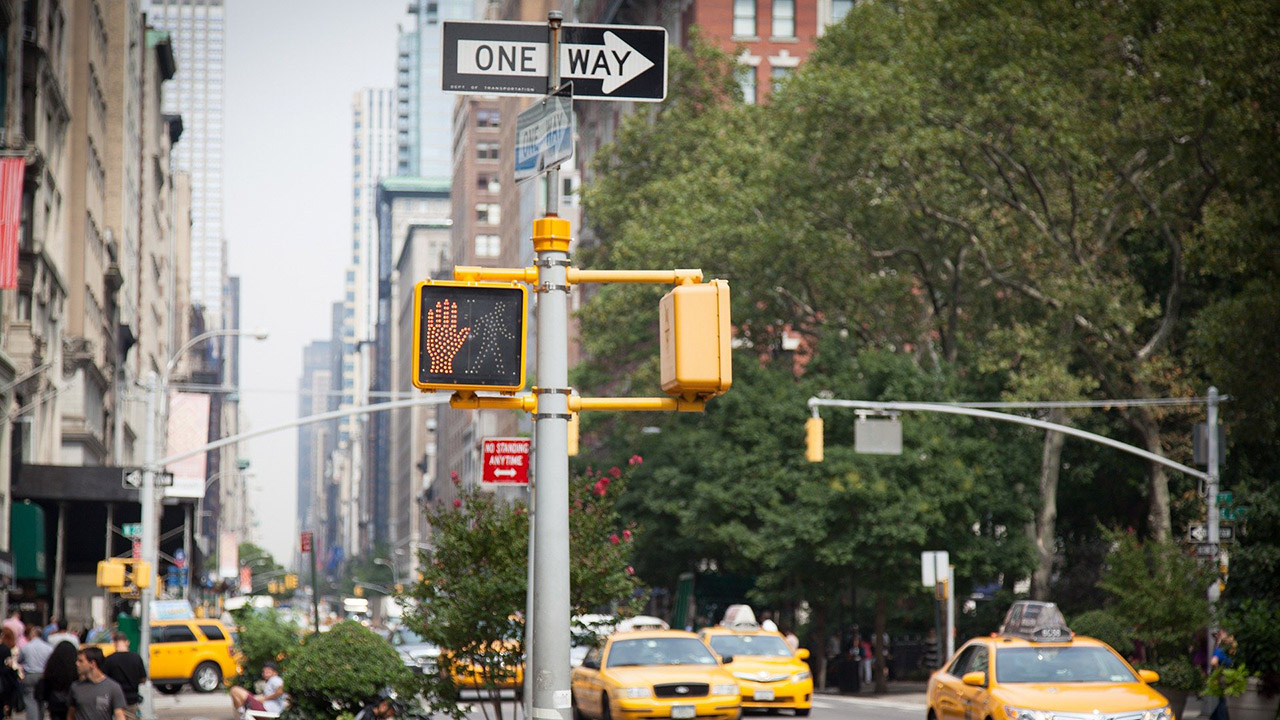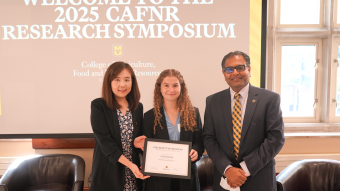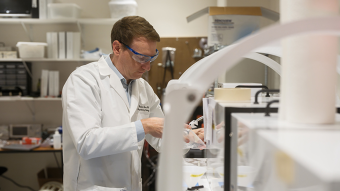Engineers still have some kinks to work out before flying taxis become reality. But when they do hit the market, what will demand look like at different times and places? That’s one question Suchithra Rajendran and Sharan Srinivas, assistant professors of industrial and manufacturing systems engineering in the University of Missouri College of Engineering, are studying as they consider the operational challenges that air taxi services face.
The team is working to develop models that can enable logistics companies to predict the demand for air taxis, Srinivas said. Companies know the predominant markets will be in metropolitan areas such as New York City, Chicago and Los Angeles, he said. But pinpointing exact spots is trickier, as there’s no existing data on which to base predictions.
To develop the models, the team used data from New York’s Department of Transportation to determine the number of people who rely on traditional yellow and green taxis for transportation. They coupled that information with results of prior air taxi studies and used machine learning to organize the data to gain a better understanding of where people would be requesting rides.
“Of course, we cannot assume everyone using a ground taxi is going to use air taxi,” Rajendran said. “We estimated the customers who are eligible for air taxi services based on their travel distance and time. Once we got those predictions, we developed machine learning models to come up with specific predictions such as what will demand be at 9 a.m. in Central Park? This will allow companies to better plan.”
The prediction methods could also help determine where to build vertiports, or stations where passengers would board air taxis. In New York, for instance, data shows customers would consistently request air taxis at JFK International Airport.
“There’s a huge demand near the airport, and it can be challenging to get land space near the airport, so that will require planning,” Srinivas said. “Another aspect is rerouting. If I know there is going to be demand at JFK in 15 minutes, I can direct an empty air taxi to relocate there before the demand to minimize waiting time for customers.”




